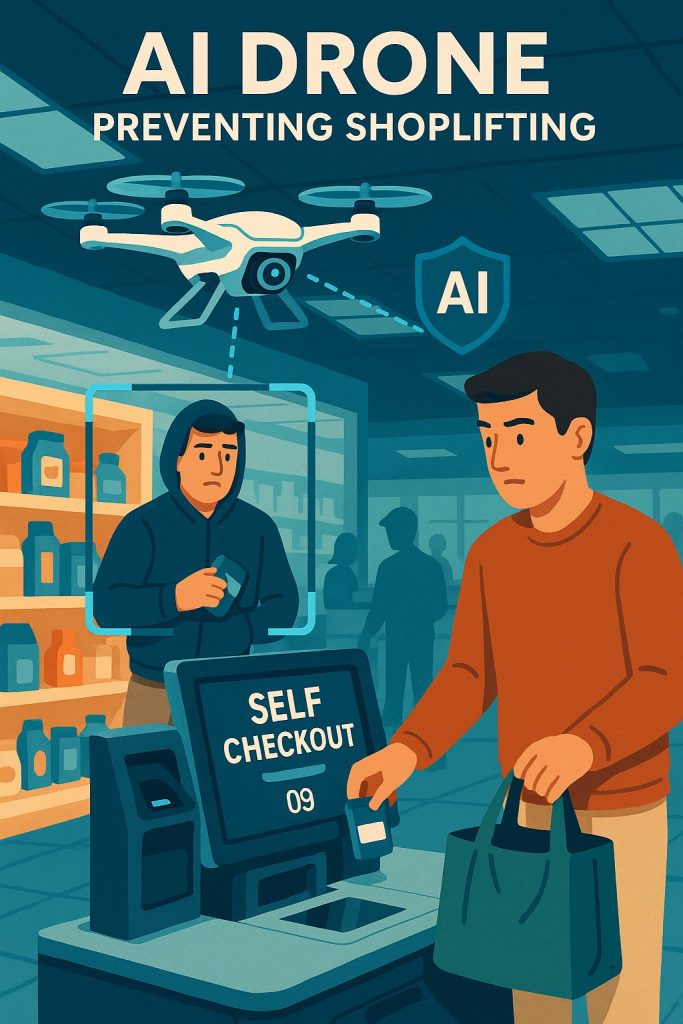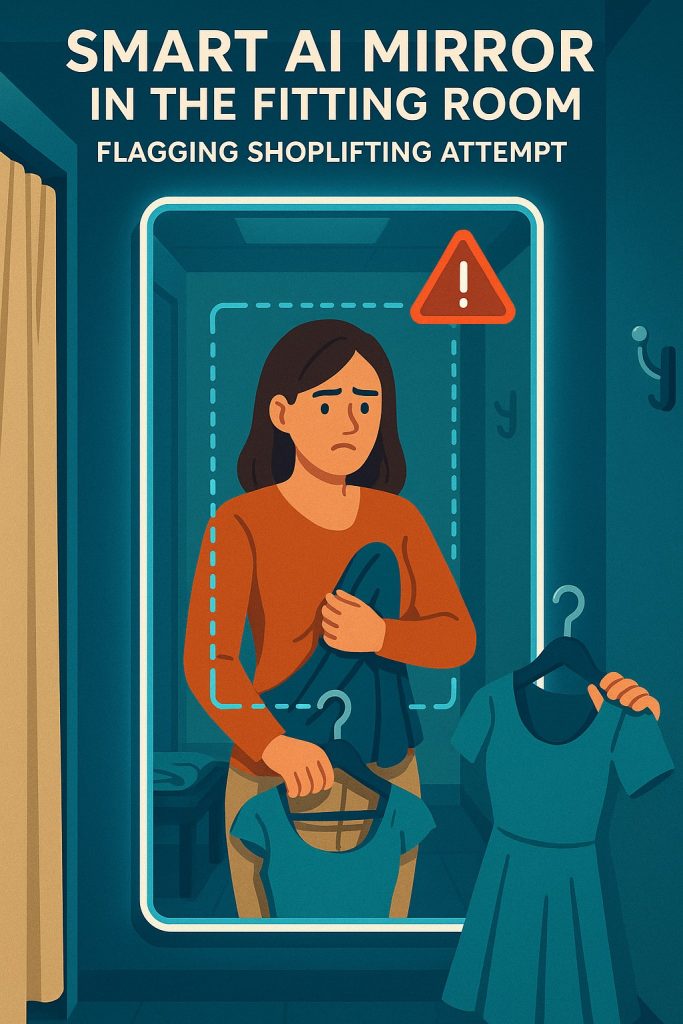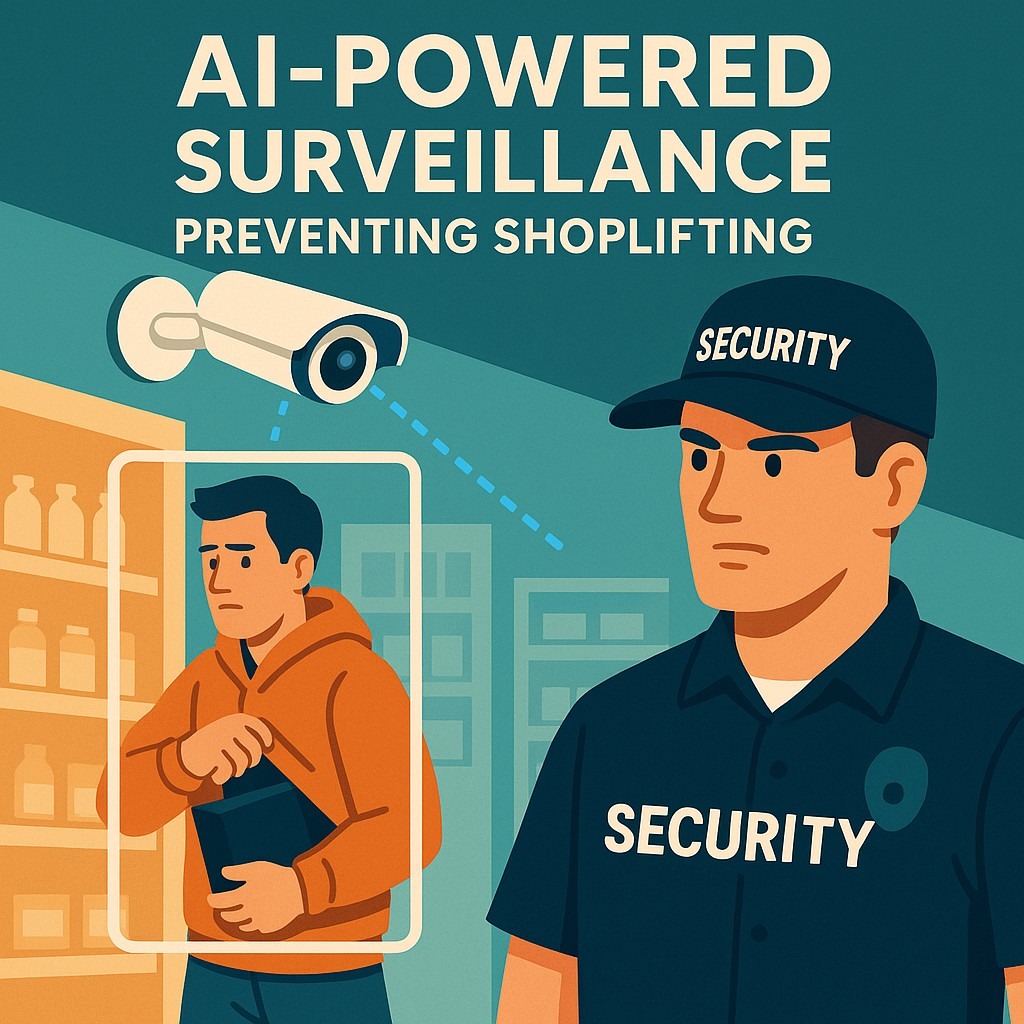Shoplifting is becoming more organized, more frequent and more costly for retailers. In response, stores across the U.S. and U.K. are investing in cutting-edge technologies to fight back. But as AI-powered security tools grow more advanced, concerns about privacy, ethics and fairness rise just as fast.
So, how are retailers using tech to catch thieves and what does it mean for the rest of us?
Retailers Are Turning to AI and Smart Surveillance
Organized retail crime has surged in recent years. According to a report by the British Retail Consortium, U.K. retailers spent over £1.8 billion in 2023 on crime prevention measures, with AI-powered tools leading the charge (ft.com).
Modern systems now go beyond simple cameras. Many stores use:
- Facial recognition to identify repeat offenders
- Gait analysis to detect suspicious behavior based on how someone walks
- License plate readers to track known vehicles linked to past thefts
Together, these tools form an AI-driven safety net. If one flag is triggered, the system alerts security teams in real time. This gives retailers a better chance of stopping a crime before it happens.

The Ethical and Legal Questions Keep Growing
However, the rise of AI surveillance brings big questions. What if the system falsely identifies someone? What if the tech disproportionately targets certain groups?
In the U.S., cities like Portland and San Francisco have already banned the use of facial recognition in public spaces. Critics argue the technology lacks accuracy across diverse populations and could reinforce existing biases.
At the same time, many consumers don’t even realize they’re being scanned. While private retailers can use these tools, the lack of clear regulations means privacy rights often fall into a gray area.
Will AI Make Shopping Safer or Just More Monitored?
For honest shoppers, AI might mean fewer incidents and safer stores. For staff, it could reduce confrontations and risk. But at what cost?
Transparency is key. If stores want to keep customer trust, they must disclose what tech they’re using and how it works. This includes signs, opt-outs, and strict policies on data storage.
Retailers also need to be careful with deployment. Experts recommend testing tools for accuracy, fairness, and accountability before full rollout.
Conclusion: Balancing Safety and Rights in the Digital Aisle
Retailers are in a tough spot. Theft costs money, risks safety, and disrupts operations. AI seems like a smart solution but only if used responsibly.
Shoppers value security, but they also care about privacy. As technology evolves, the balance between safety and freedom will become one of the retail industry’s most pressing challenges.
The key will be building systems that are smart, fair and transparent; not just for profit, but for people.


